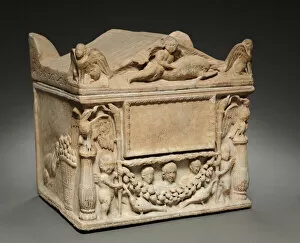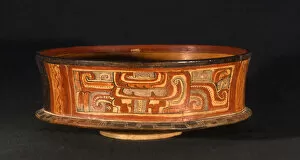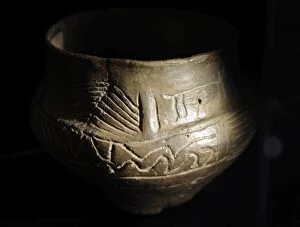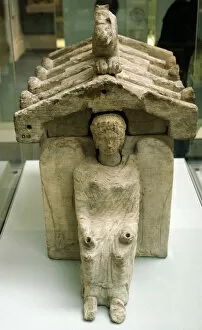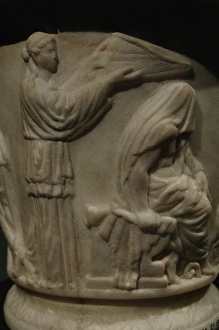Cinerary Collection
The ancient practice of cremation, known as "cinerary, " holds a fascinating place in history
All Professionally Made to Order for Quick Shipping
The ancient practice of cremation, known as "cinerary, " holds a fascinating place in history. From the Etruscan civilization to the Roman Empire, cinerary urns and vessels were used to house the ashes of the deceased. In the Chamber tomb of Pruni f, an exquisite cinerary urn on a podium stands as a testament to Etruscan artistry. Its intricate reliefs depict Heracles (Hercules) embarking on his legendary adventures. In Rome's National Roman Museum, columbaria showcase the grandeur and solemnity of Roman funeral rites. These elaborate structures housed numerous niches for funerary urns, providing a final resting place for loved ones. Vases and friezes once belonging to Robert Adam further exemplify the artistic significance attached to these commemorative objects. Marble cinerary urns from late 1st-early 2nd century AD reveal the craftsmanship employed during this period. Their elegant designs serve as poignant reminders of lives lived long ago. Cinerary boxes made from marble add another layer of beauty and reverence to this ancient tradition. Roman funeral rituals honored their departed with great respect and care, evident in their ornate cinerary urns and vases that have survived through time. The Mundo Perdido Funeral vessel from Early Classic Period showcases ceramic artistry at its finest while Teapa, Tabasco's terracotta funerary urn offers insight into Mesoamerican burial practices. An etching with brown wash depicts Augustus' Freedmen Columbarium - an architectural marvel dedicated solely to freed slaves under his reign in 1833. Cinerary remains provide us with glimpses into cultures long gone but not forgotten; they are windows into our shared human history where art meets mortality in timeless harmony.




